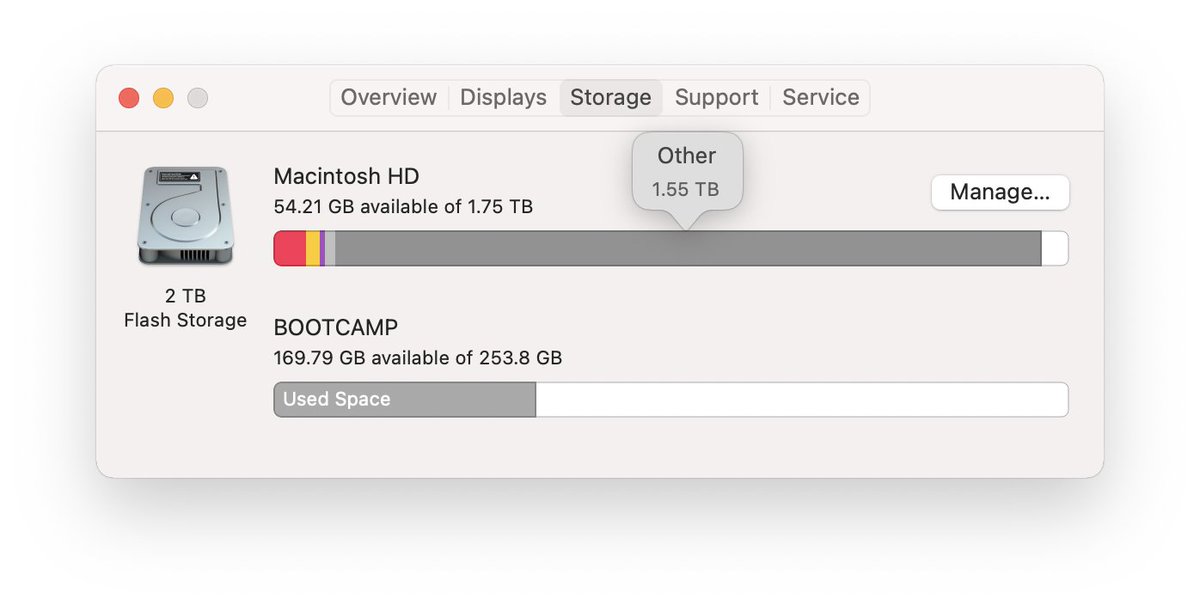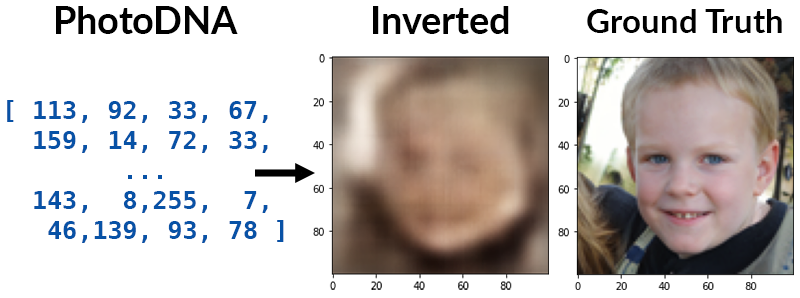
I asked GPT-NeoX-20B a hundred arithmetic questions. It didn't get very many of them right (10/100), but it's almost spookier to me that it gets most of them *approximately* correct?? 

Full result table here; settings were temperature 0.1, top_p = 0, top_k = 0 gist.github.com/moyix/267d122f…
I also just added results and easier-to-parse data files for both the original and expanded (1000 questions) results. Don't have time to do lots of analysis right now sadly gist.github.com/moyix/ca4091f1…
But maybe one quick plot. Real vs NeoX answer for 1000 questions. Curious what those outliers down there are... 

• • •
Missing some Tweet in this thread? You can try to
force a refresh









